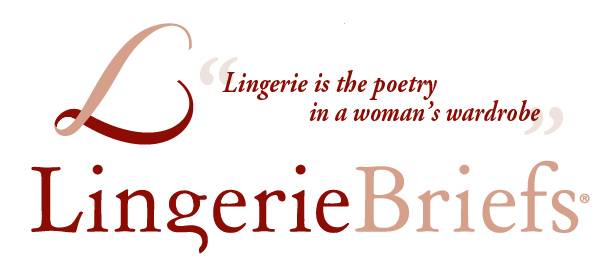Bra Fit Myths & The Controversy It Provokes
By ALI CUDBY

Did you ever stop to think about the origin of the statistic that says 70-85% of women are wearing the wrong size bra?
Given the way it is quoted and re-quoted, you’d think it was based on some scientifically airtight data. Maybe an unbiased organization that did an in-depth survey. Or even a comprehensive industry assessment.
Nope.
I recently wrote a post that traced the statistic to its beginning. Before Intimacy released the study of their customers. Before Oprah’s “Bra Intervention” episode. All the way back to 1995, when it turns out that the statistic began as an anecdotal aside published in Women’s Wear Daily.
In the post, I suggested that the statistic was a myth of urban legend proportions. Since bras fit differently from brand to brand, and even within a brand, from bra to bra, women don’t have any specific size that’s “right.”
Plus, many aspects of fit are subjective, such as the tension of a band or a strap.
When both of those things are true, EVERY bra can potentially be considered “wrong.”
To reiterate from the post, just because the statistic is based on a myth, doesn’t mean every woman is now magically wearing a bra that fits!
Rather, I stated that calling women “wrong” can have a backlash effect, causing negative body image customers. No matter how helpful the statistic may have been in the beginning, today it is effectively body-shaming the exact women we work so hard to help.
I received many encouraging replies, via email and in the Lingerie & Image Professionals Group on Linked In.
At the same time, some members of the community were clearly not pleased. I had more people “unsubscribe” after that email than any other one in the years since I’ve been sending out updates.
One person called me a misogynist.
In an article written specifically about eliminating body shaming in order to boost women – literally and figuratively – I’m baffled to understand how anyone could infer that it was “ingrained prejudice against women.”
On some level, both the anger at the article itself and the vitriol so casually slung in my direction came from the same root – an unwillingness to look honestly at reality.
In fact, the overused statistic about bra sizes is a myth at its foundation. It may have used initially as a tool to educate women about the wide range of bra sizes in the world, but today it’s serving neither our businesses nor our customers.
I’m not even going to grace the other comment with more space here, but I will say this:
In my opinion, we have an opportunity and a sacred obligation to work tirelessly to help women look and feel better in their bodies. Doing this work has positive effects that ripple out into the world in countless ways. What we do is powerful, and it is important.
We are better than a tired statistic that tells women they are “wrong.” And we have better tools in our arsenal to bring our knowledge to the market in ways that are supportive and, yes, uplifting.
—————————————————————————————————————————
Your Buying Strategy WEBINAR
Curvexpo will be hosting a webinar that walks through your buying strategy. There WILL be a recording, so register to get access to the live event (where you can ask questions) or access the recording.
YOU MUST REGISTER TO ACCESS THE RECORDING.



Thanks Linda, for the comment and the support. It was an interesting series of responses. Again, many positive. But perhaps some folks who see the “statistic” as a sales tool are unwilling to let it go.
The faux research is not doing either the stores or women any good at this point. And there are so many ways to be positive and celebrate customers.
Wow! That is crazy! If I understand you correctly, your point is not about ill fitting bras, but about how this statistic ( using the term lightly) makes them feel stupid or ashamed.
Maybe there was a time that we needed this wake up call, to learn about well fitting bras, and to understand that they can be comfortable and complement our shape. But now? 15 years later, I think we get it already! It is not a sales tool anymore – we need to “support” our customers . We need to remember that we are the professionals, and it is up to us to do the job right. A doctor doesn’t expect us to know what is wrong when we consult them. Why would we expect someone who is consulting us, to already know the answer? There is no place for shame or negativity in a bra-fitting.
I appreciate you challenging the “statistic” and suggesting a change in attitude. It is broke – let’s fix it!